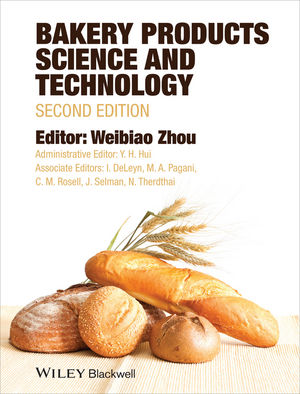An ode to refined grains

People today go into a panic when they see the word “refined” anywhere near their food. But even though the term has become synonymous with overly processed and unhealthy, refined doesn’t have to be such a dirty word. Remember when refined meant cultured or sophisticated? Developed or precise? Well, it’s time we get the story straight.
We need to remind our consumers that grains are generally divided into two groups: refined and whole. Whole grains contain the entire grain kernel—the bran, germ and endosperm. Refined grains refer to grains that are not whole, because they are missing one or more of the aforementioned three key components. This is what happens when grains are milled, to give flour a finer texture and extend shelf life. That’s it! That’s all refined flour is.
Now, it’s important to point out that during the milling process, when the grain is broken down and it loses some components, some nutrients are lost along with them. This is why we enrich flour—or add back the nutrients that are lost. These include B vitamins, like thiamin, riboflavin, niacin and folic acid, as well as iron. Fortified flour, on the other hand, means that an essential micronutrient has been deliberately added when it wasn’t there originally, to improve the nutritional quality of the food supply and provide a public health benefit.
You may be asking yourself, “So if that’s all refined grains are, why do people think they’re so bad?” It’s important to recognize that not all refined grains are created equally. There are two subgroups of refined grains as they are commonly used in applications: the staples and the indulgences. The staples like cereals, breads, rolls and pasta are packed with nutrients and are vital to the diet. Indulgences, on the other hand, are products that typically feature refined grains—and are high in added sugars and saturated fats. These are the cookies, cupcakes, etc.—treats and snacks that should be limited. The staples get a bad reputation because they’re often lumped together with the indulgences under the “refined” umbrella.
It’s funny, though. I’ve noticed a sort of inverse happen with whole-grain and gluten-free products. There seems to be a public misconception that if something is whole-grain or gluten-free, it’s automatically healthier. This health halo extends to our indulgent products, as well. People will see whole-grain or gluten-free cookies and think: “Oh, this is a health food. I can eat as many of these as I want!” In fact, many times, those foods are still high in added sugars and saturated fats. With any indulgence, whether it’s refined, whole grain or gluten-free, it’s all about moderation.
I’ll leave you with the famous passage by my good friend, Bill Shakespeare. I hope he doesn’t mind that I’ve tweaked it a little to prove my point.
O, Refined, Refined, why art thou refined?
Deny thy flour and refuse thy grain,
And I’ll consider eating some wheat.
Oh, be some other grain!
What’s in a grain? That which we call flour
By any other grain would taste the same.
So Refined would, were it not Refined called,
Retain that dear perfection which is owed
Without that title.
Looking for a reprint of this article?
From high-res PDFs to custom plaques, order your copy today!








